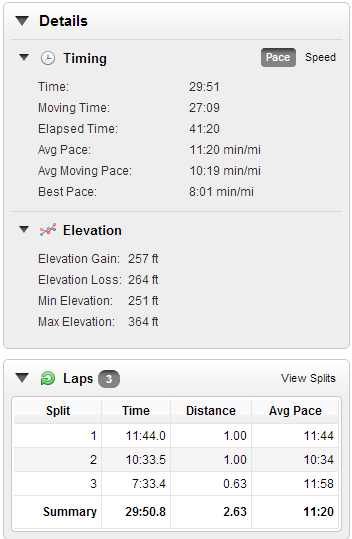An ancient capital of Japan, Kyoto is still filled with shrines, temples and castles that date back hundreds of years. With only 2 and a half days in the city, Steven and I had to do a quick highlights-of-Kyoto tour. Add in the constant rain, wet feet, crowded, humid, sweaty buses, it was seriously a journey to get to some of these places.
OK. My absolute
favourite temple in Kyoto (given that I didn't have time to see them all) was the Fushimi Inari Shrine (the entrance of which is pictured above).
We didn't actually visit the ancient shrine because the Japanese were kind enough to put it on top of Mount Inari. Steven and I were
not keen on battling mosquitoes and slippery footwear up a friggin MOUNTAIN. The there-and-back journey is supposed to take 2 hours, and that would have cut into my lunch time.
Still, it's my favourite temple because of all the beautiful scenery along the way. The pathway is lined with torii (gates) that are engraved with names and dates of the donors. The donors are often major companies wanting to be blessed with financial success, as Inari is associated with wealth.
Although not pictured, all along the torii pathway are little shrines, made of wood and stone, most often with foxes guarding the inner shrine. Kitsune (foxes) are associated with the Inari deity, serving as their messengers, and so they guard this shrine. They are, btw, the most badass foxes in the world.
My next favourite is Sanjusangendo, the 750 year-old temple with a thousand golden Buddhist Kannon inside.
Though you can't tell from this picture, the hall is super duper long. In fact, it's so long that it's length is used as a challenge to archers in a yearly archery contest. Like many Japanese things, they took an archery contest and turned it into a 24-hour archery marathon, the winner of which gets his or her name inscribed on a plaque in the hall. The old wooden structural posts even have marks and notches where archers strung their bows, where arrows mistakenly landed, etc. Today, they still hold an archery contest, but I don't believe anyone is interested in the 24-hour archery marathon.
You can't take pictures inside because many of the deities are still being worshipped. With my Buddhist Chinese background, and then my yoga training on top of that, it was fascinating to see all the similarities between Hindu and Buddhist deities, and how they transformed over time.
If you're ever in Kyoto, I definitely recommend these 2 historical spots. While the bigger attractions like Kiyomizu-desu, the Golden Pavillion, and the Heian shrine are all very cool, these 2 were my definite favourites.
For dinner, Steven and I wandered the traditional (read: pricey) area of Gion. Tucked away in an alley was the Udon Museum, which served some seriously yummy noodles.
They had an English menu, were happy to explain anything to the best of their abilities, made concessions for my vegetarianism, and were reasonably priced! Best way to end a hard day exploring.





.jpg)

















.JPG)















.jpg)

.JPG)









